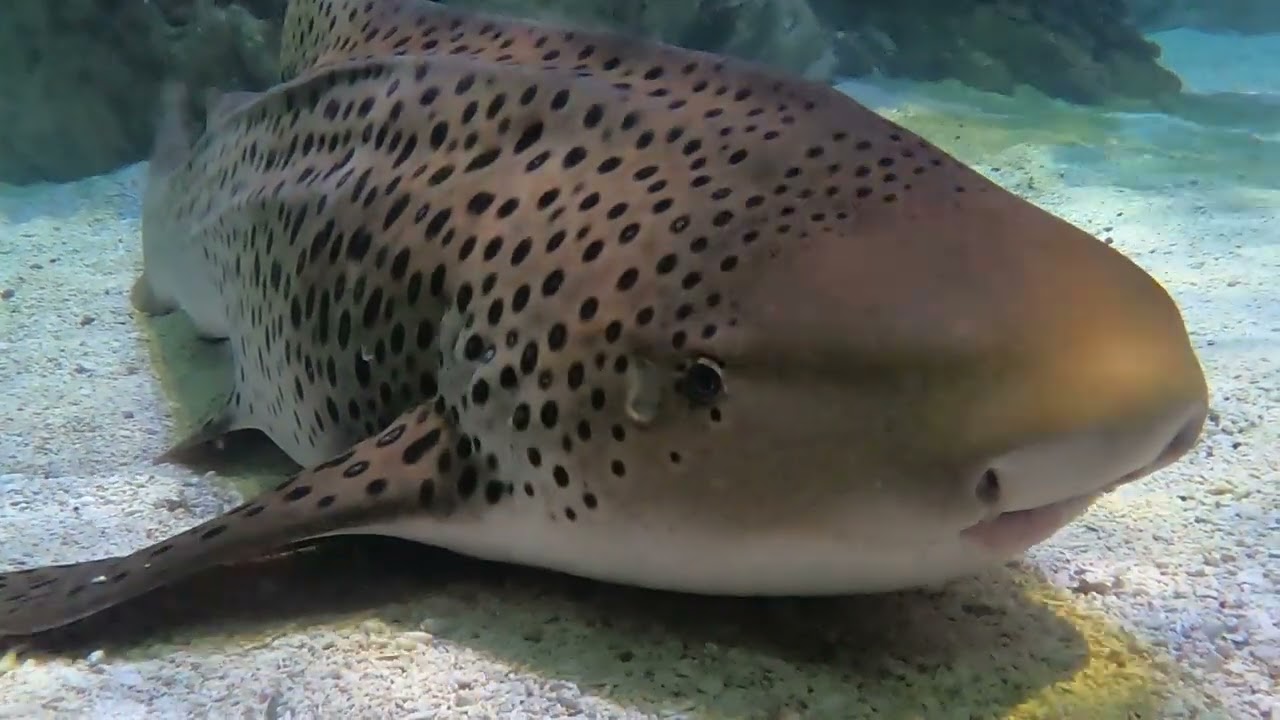- Biological characteristics and habitat of Zebra sharks
- The critical role of Zebra sharks in marine ecosystems
- Current threats facing Zebra sharks and efforts for their conservation
- Observing Zebra sharks: Best practices for divers and underwater photographers
Zebra sharks (Stegostoma fasciatum) elicit fascination and curiosity due to their distinctive appearance and behavior. These carpet sharks, often confused with Leopard sharks (Triakis semifasciata) due to their adult spotted patterns, are a pivotal species in tropical marine environments. This article aims to provide an educational journey into the life of Zebra sharks, highlighting their biology, ecological importance, and the challenges they face in the wild, along with guidance for those wishing to observe these magnificent creatures responsibly.
Zebra sharks are primarily nocturnal and are known for their slender bodies, long tails, and the striking pattern that gives them their name. Interestingly, juvenile Zebra sharks exhibit dark bodies with white stripes, a pattern that transitions into a spotted one as they mature—hence the common mix-up with Leopard sharks. Predominantly residing in coral reefs and sandy flats, Zebra sharks can be found in the Indo-Pacific region. They possess unique biological characteristics, such as the ability to breathe while stationary by pumping water over their gills, a trait not common to all shark species.
Zebra sharks mainly eat small fish, mollusks, and crustaceans. Their hunting method is quite fascinating. They use their flexible, slender bodies to navigate through tight spaces in coral reefs to extract prey. This hunting technique underscores their role in maintaining the health and balance of reef ecosystems by controlling the population of smaller marine organisms.
Zebra sharks play a critical and beneficial role in the biodiversity and productivity of their habitats. Keeping certain populations in check prevents overgrazing of vital habitat-forming organisms like corals and seagrass. This predatory role also contributes to the overall resilience of coral reefs, helping these ecosystems withstand and recover from various environmental stresses.
However, Zebra sharks face numerous threats, primarily from human activities. Overfishing and bycatch in commercial fisheries drastically reduce their numbers, while habitat degradation from coral reef destruction further impacts their survival. Their slow reproductive rates also make their populations particularly vulnerable to rapid declines. Conservation efforts are ongoing, with Zebra sharks listed as Endangered on the IUCN Red List of Threatened Species. Protective measures include establishing marine protected areas, restrictions on fishing practices, and international agreements to regulate trade in endangered species.
Certain guidelines are encouraged for enthusiasts and professionals inclined to observe Zebra sharks in their natural setting to minimize human impact. Divers and underwater photographers are advised to maintain a respectful distance, avoiding actions that could distress or harm the sharks. Avoid touching or chasing Zebra sharks, disrupting their natural behaviors and contributing to undue stress.
Understanding and respecting the habitats of Zebra sharks is essential for their observation. Coral reefs are delicate ecosystems; care must be taken to avoid damaging the coral or disturbing other marine life. By adhering to these practices, individuals can enjoy the marvelous sight of Zebra sharks without compromising their well-being or the marine environment.
Through comprehensive education and responsible wildlife tourism practices, we can all contribute to supporting the conservation of Zebra sharks. Despite their challenges, there remains hope for these remarkable creatures, provided concerted efforts are made to protect them and their habitats. Observing Zebra sharks in the wild, with a sense of responsibility and wonder, can be a profoundly impactful experience, reinforcing the importance of marine conservation efforts for future generations.
*****
Source Description
Dive in and meet our three zebra sharks, Peanut, Butter, and Honey! 🦓🦈 These graceful creatures, with their distinct spots, are as fascinating as they are beautiful. Watch as they glide through their underwater home in the Outer Reef habitat. 🪸 The Tropical Reef Aquarium reopens June 14. 🐠

